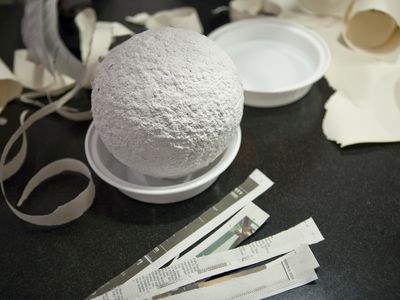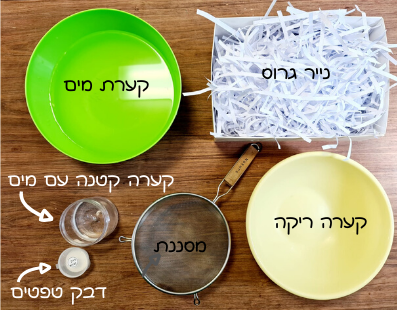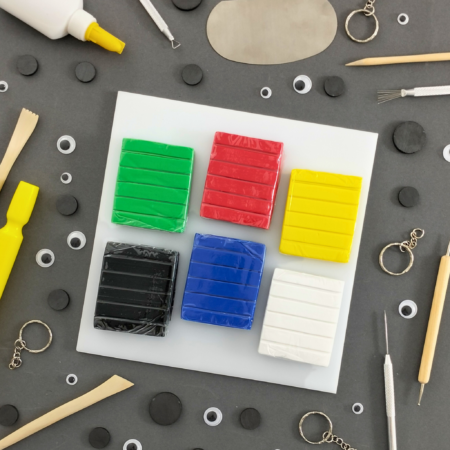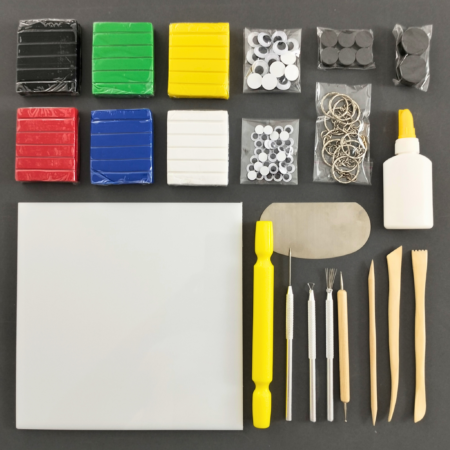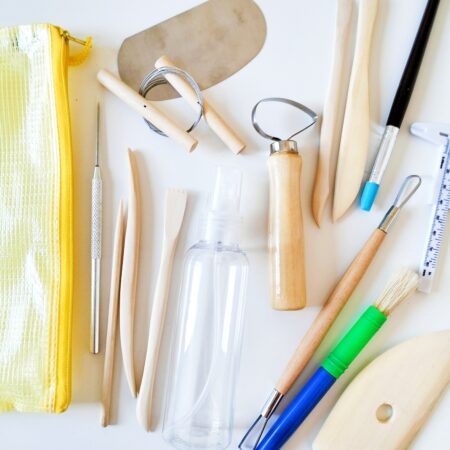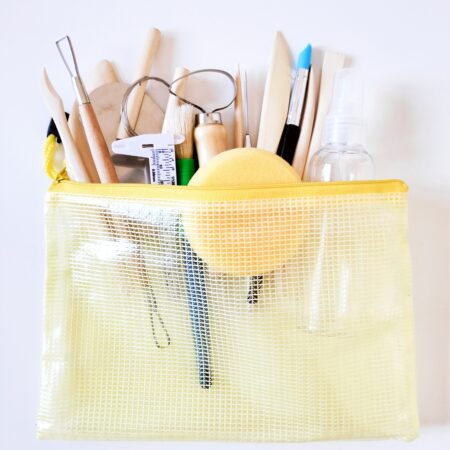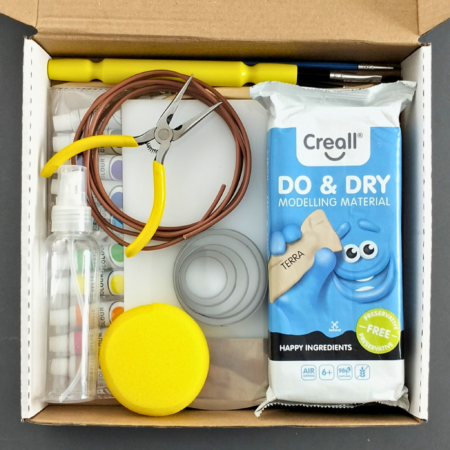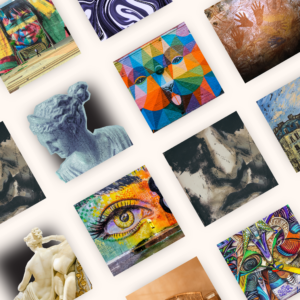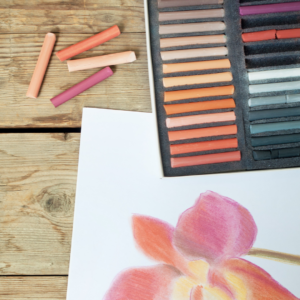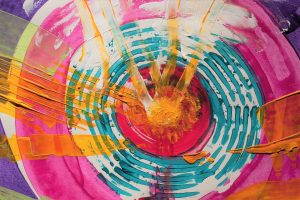Paper pulp sculpting is more available than any other type of sculpting. Suitable for green creation while maintaining the quality of the environment and recycling paper that is no longer used, such as old newspapers or office stationery that is no longer needed. The paper pulp is obtained by mixing pieces of paper with glue, so a soft and flexible material is created that is suitable for sculpture. When paper pulp dries it becomes very hard. Here is an explanation and properties of papier mache, instructions for making papier mache step by step and tips for creation.
Facts and properties of paper pulp
- Paper pulp is a soft and flexible material, formed by mixing glue with pieces of paper, Bristol or cardboard. There are powders and packages of paper cuttings on the market for making the paper pulp, but you really do not have to buy them - you can produce any unused paper.
- Paper pulp can be created using various adhesives, including wallpaper glue, plastic glue mixed with water, boiled flour glue and cornflour glue. We use wallpaper paste to make the dough and plastic glue to strengthen if necessary.
- When the paper pulp dries it hardens and cannot be further formatted. Can be painted with gouache, acrylic and paint spray. After the paint dries, you can continue to shape and paste various elements such as moving eyes, feathers and the like.
Equipment and materials needed to make paper pulp:
Watch a video demonstrating how to make paper pulp 3:02
Step-by-step instructions for making paper pulp for sculpting
1. Fill a large bowl with water, preferably warm water for pleasant work. First, place grated paper and a bowl of water on your desk.
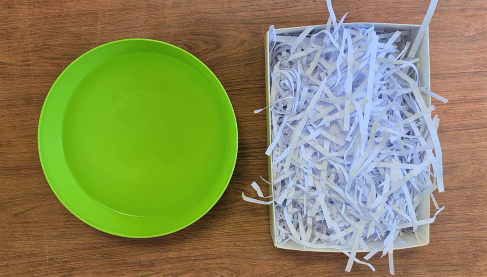
2. Put shredded paper into the bowl of water.
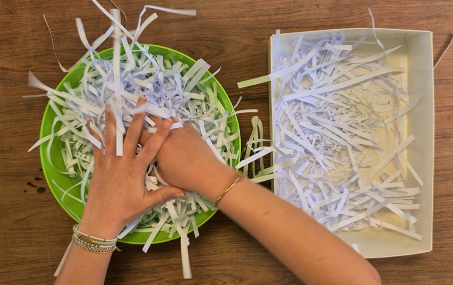
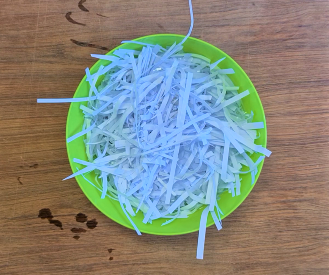
3. Immerse all the paper in the water. The shredded paper should be completely covered with water.
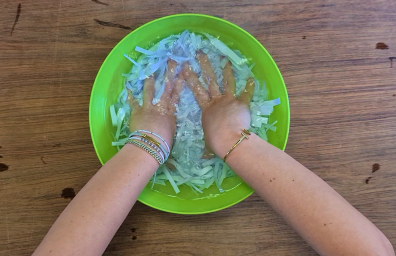
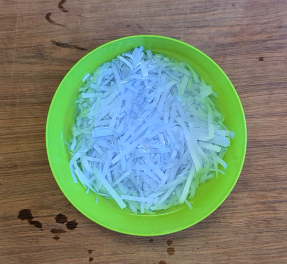
4. When the paper in the water begins to soften, tear the paper into small pieces, until all the paper turns into crumbs.
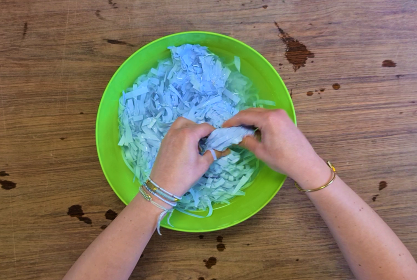
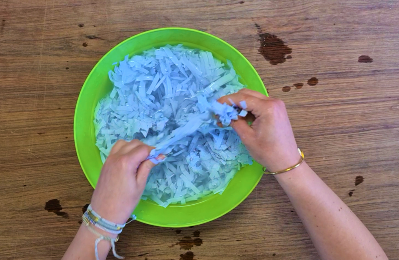
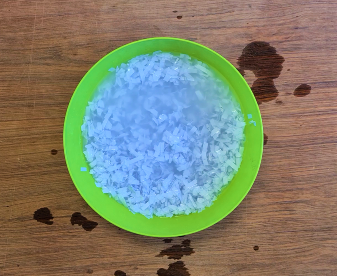
5. Place the empty bowl next to the water bowl with the paper. Take out the paper crumbs (as many as you can with the palm of your hand), squeeze the water out of them and place them as lumps in the empty bowl.
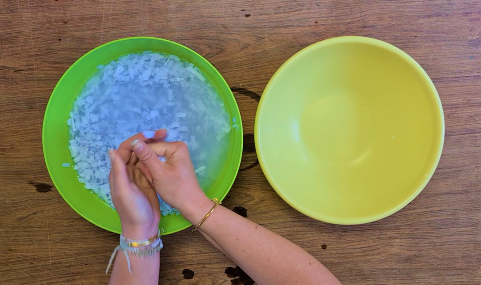

6. Using a strainer, you can empty all the pieces of paper that are difficult to remove from the water bowl. Place a strainer over a bowl (or over a sink in the house), pour all the water with the paper crumbs left through the strainer.
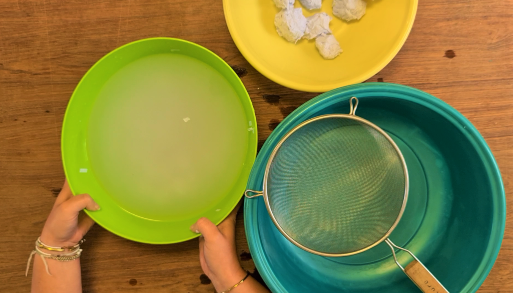
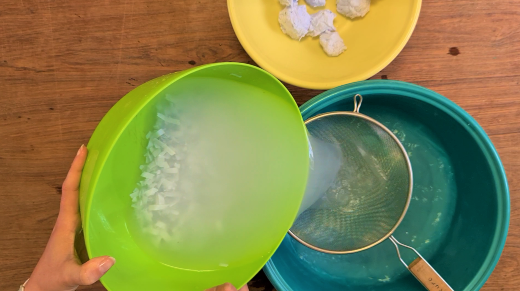
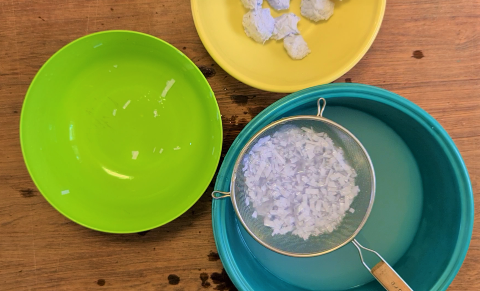
7. Play with the paper crumbs in the strainer, press them and crush them, to filter all the water. Collect the crumbs into a lump and squeeze.


8. After removing all the paper, crumble the paper lumps into small crumbs.

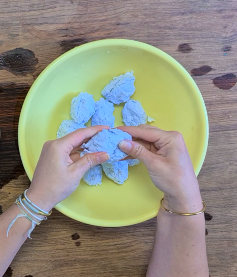
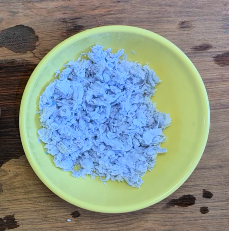
9. Now prepare the glue for the paper pulp. Pour a glass of water into a small bowl and add one teaspoon of wallpaper paste.
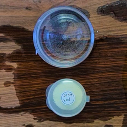
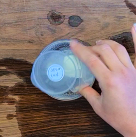
10. Mix the glue by hand until a thick jelly texture is formed. If you do not feel comfortable with the adhesive texture, it is recommended that you use disposable gloves.
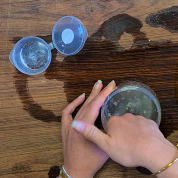
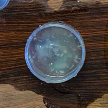
11. Add the glue to the paper crumbs and knead until a flexible and uniform dough is formed. Gather all the paper pulp into a ball, which will be one pulp. You can also add a tablespoon of plastic glue to a stronger paper chew.

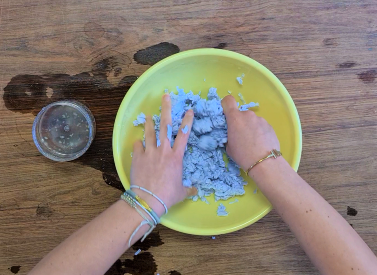
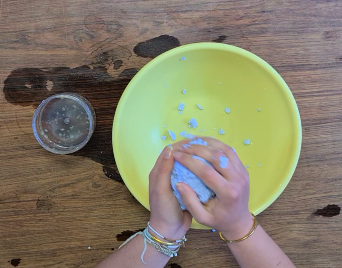
12. Your paper pulp is ready and now you can sculpt with it as you wish.
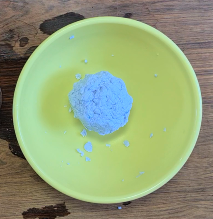
At the end of the work on the statue, let it dry. The drying time of the sculpture ranges from one day to a week, depending on the weather and the compression of the paper pulp in the finished sculpture. It is recommended to paint the finished sculpture with gouache or acrylic paints. You can cover the painted paper pulp sculpture with a layer of plastic glue to strengthen it. You can also stick extras like feathers, moving eyes and glitter.
Scrapbooking ideas in paper pulp
Masks - Take a thick Bristol and cut out the shape of a mask, apply plastic glue, glue pieces of paper pulp and shape to your liking.
Bowls and containers - Choose a tool and attach pieces of paper pulp to it from the outside and design as you wish. When finished, after the paper pulp has dried slightly, release the tool.
Magnets - If you have extra paper pulp left, make different small shapes, such as ice cream, cat, star and the like. After the paper pulp has dried, paint and paste a magnet.
Animals Create animal characters for the game. Can be created construction For a sculpture made of paper pulp, which supports and strengthens the sculpture.

